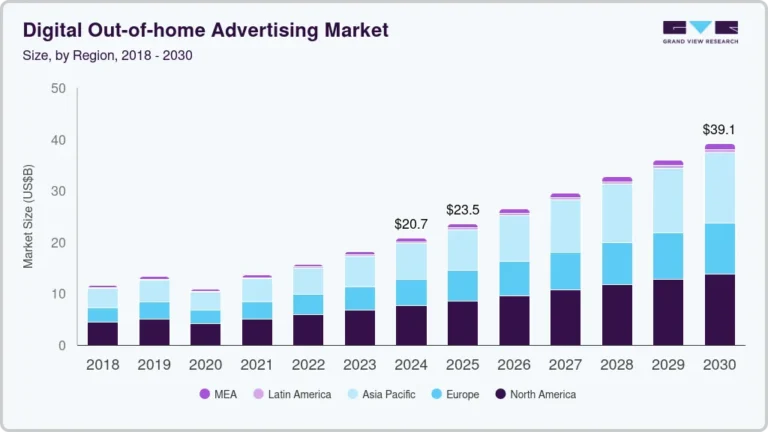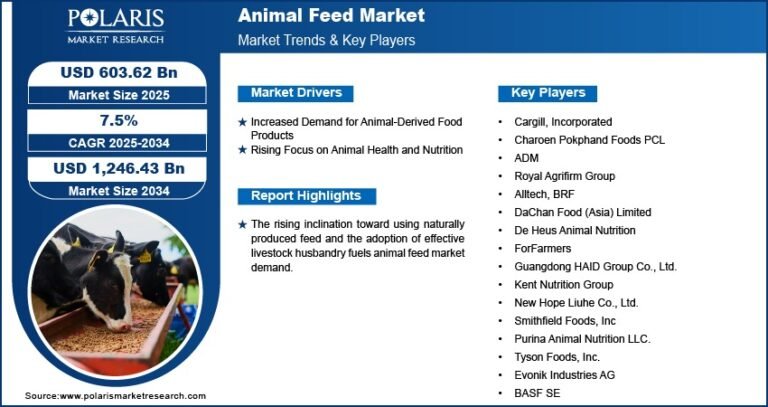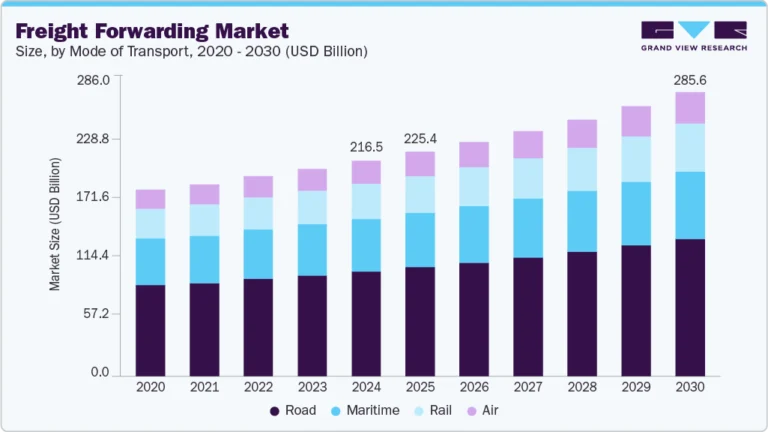Veterinary Imaging Market Size, Share & Trends Analysis growing at a CAGR of 7.17% from 2025 to 2033

The global veterinary imaging market size was estimated at USD 2.09 billion in 2024 and is projected to reach USD 3.87 billion by 2033, growing at a CAGR of 7.17% from 2025 to 2033. The market is primarily being driven by the increasing prevalence of zoonotic diseases, the rising number of pet owners, the growing adoption of pet insurance, and rapid technological advancements in veterinary imaging.
Key Market Trends & Insights
- North America veterinary imaging market held the largest share of 39.29% of the global market in 2024.
- The veterinary imaging industry in the U.S. is expected to grow significantly over the forecast period.
- By animal type, the small animals segment held the highest market share of 51.56% in 2024.
- Based on product, the equipment segment held the highest market share in 2024.
- By type, the X-ray segment held the highest market share in 2024.
Market Size & Forecast
- 2024 Market Size: USD 2.09 Billion
- 2033 Projected Market Size: USD 3.87 Billion
- CAGR (2025-2033): 7.17%
- North America: Largest market in 2024
- Asia Pacific: Fastest growing market
Request a free sample copy or view report summary: https://www.grandviewresearch.com/industry-analysis/veterinary-imaging-market/request/rs1
One such rapidly advancing technology is Artificial Intelligence (AI), especially incorporated into veterinary radiology and its respective software. It enables automated evaluation of various veterinary radiological parameters and directly uploads x-rays to servers securely. Implementing such AI-based strategies is a progressive step in veterinary practices. For instance, in April 2024, MiReye Imaging launched its unique product line of veterinary X-ray machines that use AI for the diagnosis of diseases in animals.
Furthermore, the rising incidence of zoonotic diseases has increased the demand for effective diagnostic solutions, which is expected to drive market growth. According to 2024 data by WHO, out of the total infectious diseases that occur in the world, 60% are reported to be of zoonotic origin. Moreover, in a 2024 publication, WHO states that in the last 30 years, out of the 30 new pathogens detected among humans, 75% were of animal origin. This compels veterinary professionals to perform in-depth diagnostic evaluations of animals to curb the spread of these zoonotic diseases from animals to humans. For instance, the UTCVM Veterinary Medical Center a division of the University of Tennessee Institute of Agriculture, U.S. handles an estimated 11,000 imaging studies annually, with the majority of patients being cats, dogs, horses, and farm animals.
Furthermore, ongoing innovative studies in veterinary imaging industry also supports the market growth. For instance, there has been a surge in innovative research studies focusing on AI and machine learning technologies in veterinary imaging analysis. For instance, in November 2023, UF College of Veterinary Medicine initiated the process of using AI tools for managing clinical caseload by creating an imaging platform to collect, collate, & analyze veterinary patient data. The initiative received over USD 2.3 million in funding from the US Strategic Funding Initiative. The first phase of this project will focus on data collection to form a data warehouse, which includes a large diagnostic imaging database. This database will further aid clinical research into veterinary diseases such as cancer.
In addition, increasing uptake of pet insurance can further boost the market growth. For example, diagnostic imaging procedures can prove to be costly for pet owners. For example, an X-ray can approximately cost the pet owner from USD 75 to USD 500 for dogs and USD 100 to USD 500 for cats. A comprehensive pet insurance plan can cover every diagnostic imaging test, such as CT, MRI, ultrasound, and radiography. Due to the recently evolving AI technology in veterinary diagnostics, insurance companies are expanding their coverage. For instance, the Embrace pet insurance plan, a part of the NSM Insurance Group, covers AI-based diagnostic imaging procedures for animals in the U.S. Increasing pet insurance adoption, coupled with expanding coverage for AI-based diagnostic imaging procedures, is expected to drive market growth. Accessibility of imaging procedures is expected to improve because they are covered by insurance.






